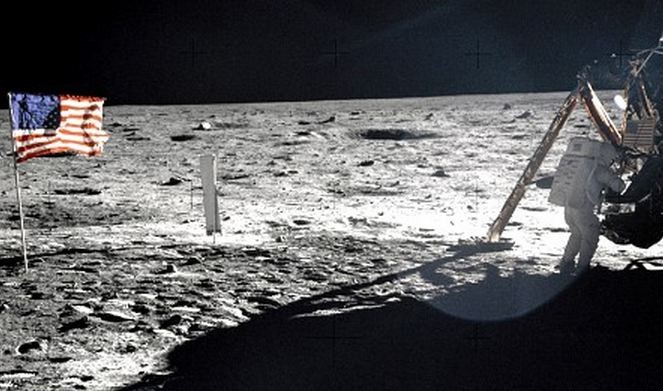The 16 mm film camera that took the iconic photo of the first human step on the Moon has been found along with 16 other pieces of equipment from the first Moon landing on July 21, 1969.
The artifacts were secretly kept by the late Neil Armstrong, the first human to set foot on the Moon, in a "purse" hidden inside the cupboard of his home in suburban Cincinnati, Ohio. They were accidentally discovered by his wife, Carol.
The 16 mm "Data Acquisition Camera" or "Moon camera" recorded the Eagle lander's final descent and Armstrong's "One small step for [a] man, one giant leap for mankind" speech he made after setting foot on the Mon on July 21, 1969. It also photographed Armstrong and his companion, Edwin "Buzz" Aldrin, planting the American flag on the Moon.
There was no film in the camera since the film was unloaded and kept separately for the voyage back to Earth.
"The 16mm DAC, given the images that it captured, ranks as enormously important," said Allan Needell, a curator at the National Air and Space Museum in Washington.
The cloth "purse," sometimes referred to as a temporary stowage bag or a McDivitt purse, also contained Armstrong's waist tether; an emergency wrench; a "waste-management cover"; utility lights and cables; a mirror; a helmet tie-down and netting, reported The Telegraph.
Carol Armstrong found the purse in June 2013 and contacted the National Air and Space Museum. Since then, the museum researched and documented the equipment. The museum eventually plans to exhibit all the items.
It was originally intended to leave these items on the Eagle module. NASA said Armstrong told Michael Collins, commander of the orbiting Columbia spacecraft, the purse contained "just a bunch of trash that we want to take back," according to USA Today.
The lunar module or the Eagle eventually crashed on the Moon after separating from Columbia.



























